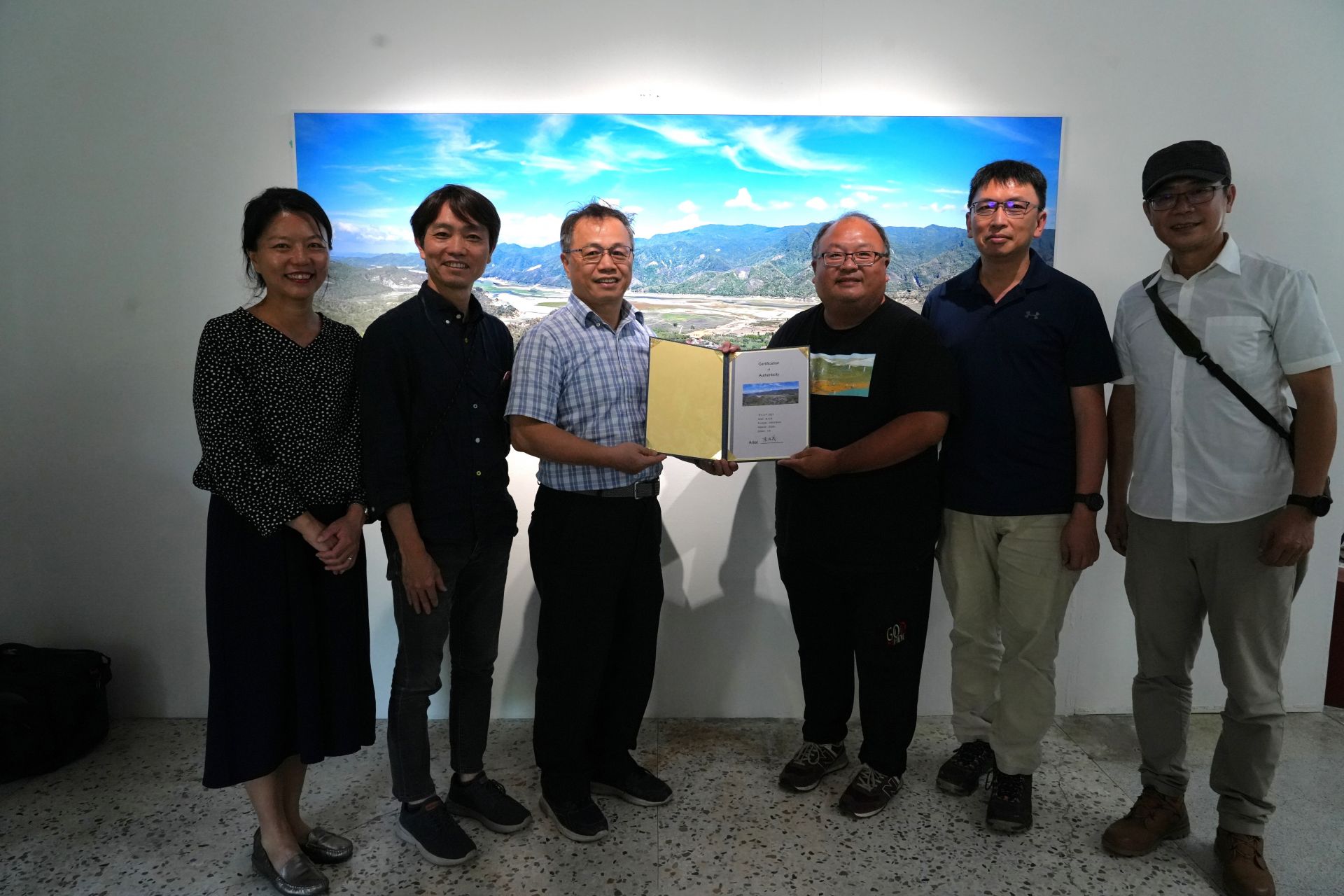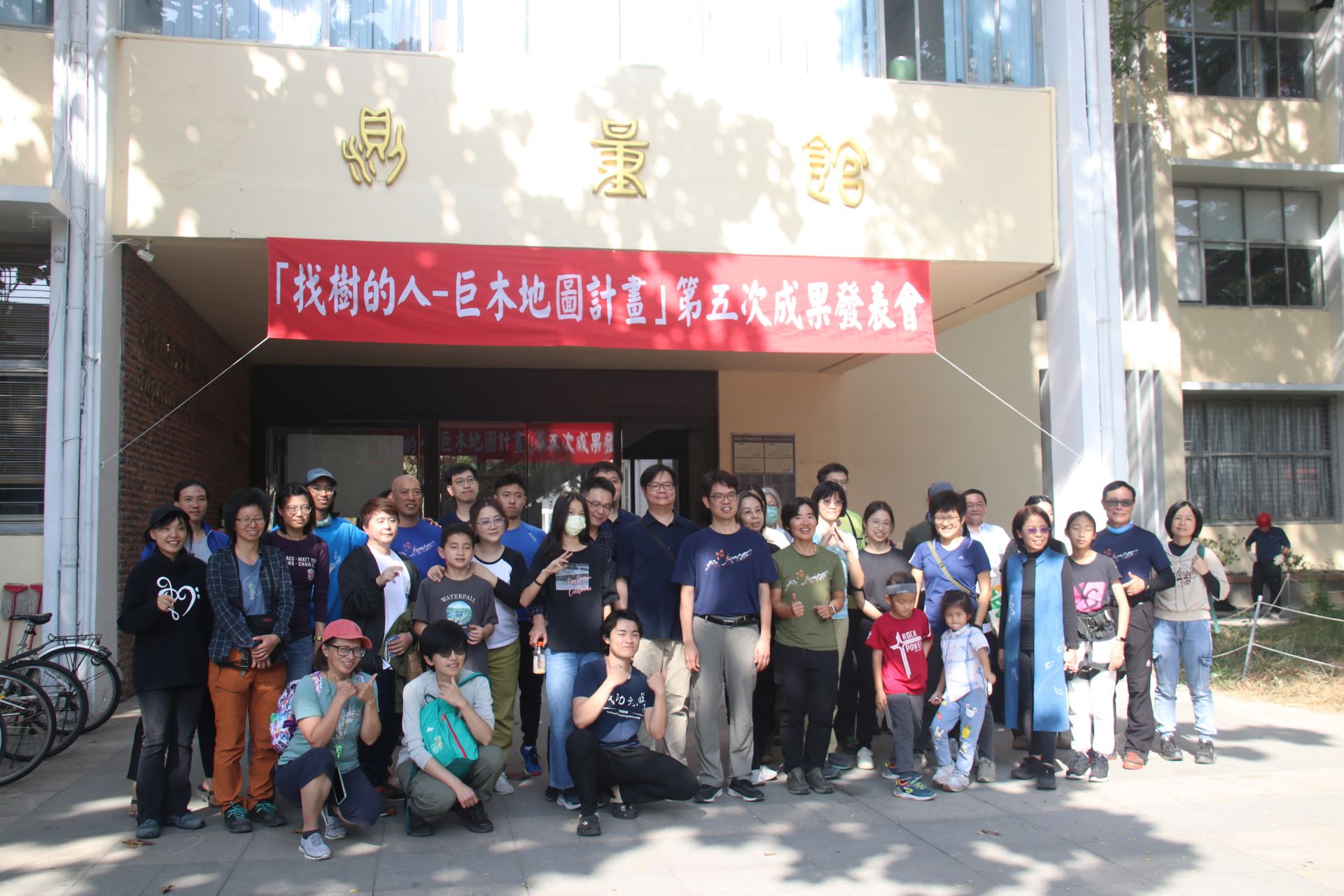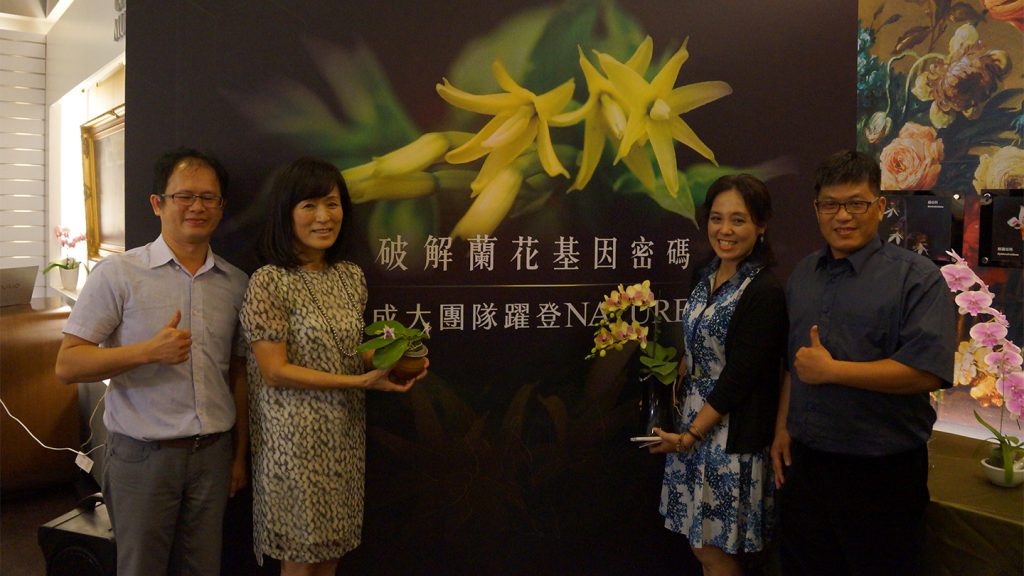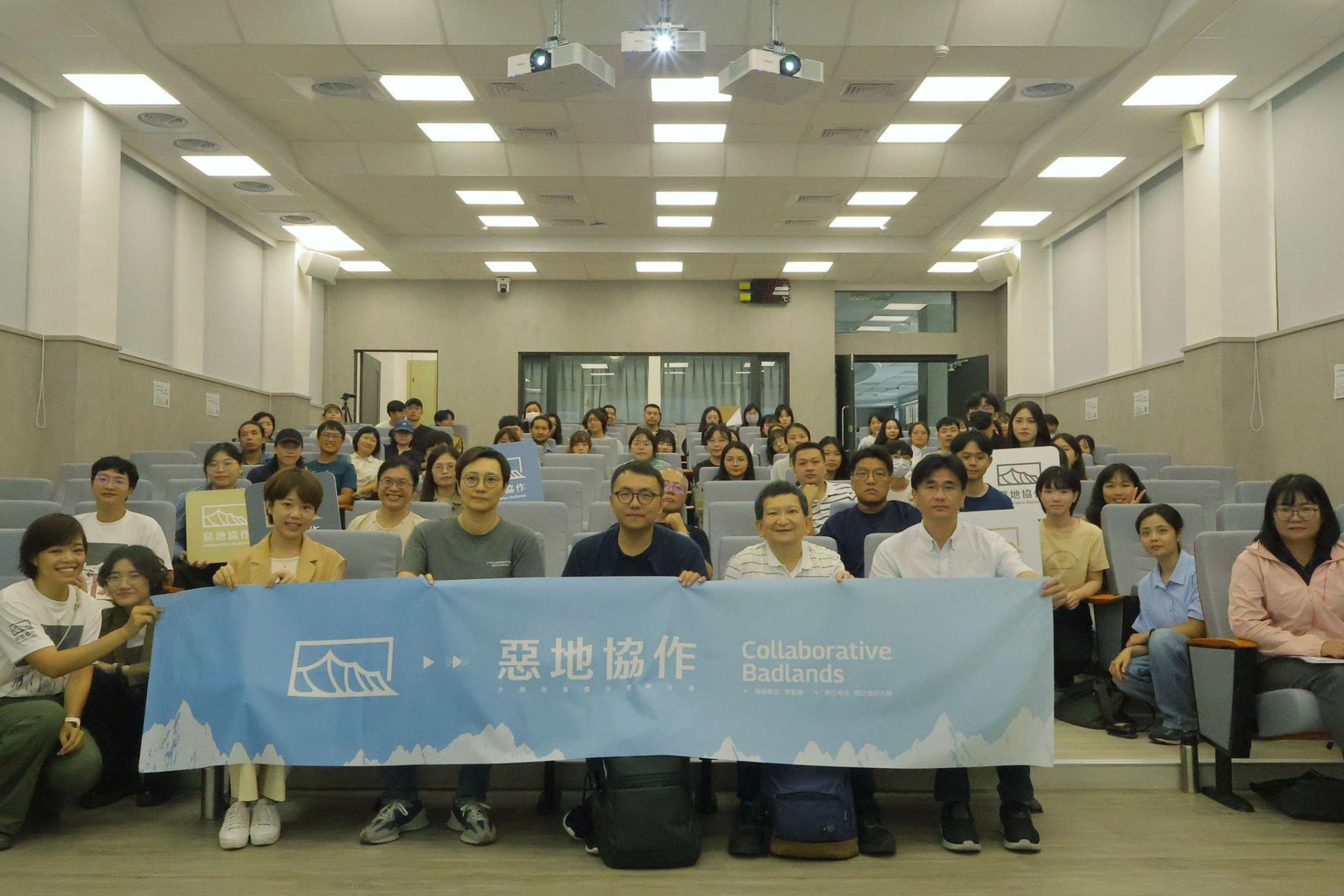The National Cheng Kung University (NCKU) Art Center is hosting the "Hydraulics Landscapes ─ Po-I Chen Photography Solo Exhibition" from September 14 to October 21 at the NCKU Art Village. Today (22nd), an opening tea reception was held. The event was attended by Chyan-Deng Jan, Dean of the College of Engineering at NCKU, Min-Yuan Ma, Director of the Art Center, and several esteemed guests from the fields of photography and art, both from within and outside the university. Po-I Chen, an artist and alumnus of NCKU's Department of Hydraulic and Ocean Engineering, generously donated his work, "2021 Zengwen Drought I," to his alma mater, expressing his deep affection for the university.
The event curator, Ming Turner, Director of the Exhibition and Performance Arts Division at NCKU Art Center, welcomed Po-I Chen back to his "second home" in her speech. Turner highlighted that Po-I Chen, despite his background in science and engineering, has won numerous awards in the arts, documenting rare and significant landscapes in southern Taiwan over the past few decades with his interdisciplinary approach.
Po-I Chen shared that he began engaging in photography as a way to relieve stress when his Ph.D. research was not progressing well. This hobby laid the foundation for his future multifaceted career. His background in hydraulic engineering taught him to document and think from the perspective of water. After Typhoon Morakot in 2009, Chen initially entered disaster areas for landslide inspections, which unexpectedly inspired him to combine art with hydraulic engineering, resulting in the "Morakot" series. This theme was later expanded into "Post-Morakot" and "Geological Monuments." Chen expressed his honor at being able to return to his alma mater to exhibit his work and share his experiences with faculty and students. He encouraged the students to cherish the resources at NCKU, as the university provides numerous opportunities for interdisciplinary learning, allowing them to develop valuable skills.
The "Hydraulics Landscapes ─ Po-I Chen Photography Solo Exhibition" features three main themes: "Morakot," "Post-Morakot," and "Geological Monuments."
The "Morakot" theme captures images of the disaster areas following Typhoon Morakot, showcasing the marks left by mudflows on homes in Namasia through a still-life approach. The four moments of disaster depicted are the splatter marks within seconds, mud stains over hours, sediment marks after the water receded, and excavation marks during rescue efforts. Chen translates these "inscriptions" of mudflows on the tribe into photographic works.
The "Post-Morakot" theme focuses on the landscape images of the Laonong River during the reconstruction after Morakot. Chen compares natural geological events with artificial ones, using photography to provoke thought about the environment and initiate a dialogue between human civilization and natural ecology through his work.
The "Geological Monuments" theme portrays the silt detention dams in the upper reaches of the Zengwen River as large sculptures jointly created by nature and humans. The chiseled concrete surfaces, shaped by years of water flow, dissolution during dry periods, and friction during wet periods, represent the combined efforts of natural hydraulic forces, human intervention, time, and climate.
This solo exhibition of Po-I Chen's unique photography aims to provide art enthusiasts with a fascinating experience.
The event curator, Ming Turner, Director of the Exhibition and Performance Arts Division at NCKU Art Center, welcomed Po-I Chen back to his "second home" in her speech. Turner highlighted that Po-I Chen, despite his background in science and engineering, has won numerous awards in the arts, documenting rare and significant landscapes in southern Taiwan over the past few decades with his interdisciplinary approach.
Po-I Chen shared that he began engaging in photography as a way to relieve stress when his Ph.D. research was not progressing well. This hobby laid the foundation for his future multifaceted career. His background in hydraulic engineering taught him to document and think from the perspective of water. After Typhoon Morakot in 2009, Chen initially entered disaster areas for landslide inspections, which unexpectedly inspired him to combine art with hydraulic engineering, resulting in the "Morakot" series. This theme was later expanded into "Post-Morakot" and "Geological Monuments." Chen expressed his honor at being able to return to his alma mater to exhibit his work and share his experiences with faculty and students. He encouraged the students to cherish the resources at NCKU, as the university provides numerous opportunities for interdisciplinary learning, allowing them to develop valuable skills.
The "Hydraulics Landscapes ─ Po-I Chen Photography Solo Exhibition" features three main themes: "Morakot," "Post-Morakot," and "Geological Monuments."
The "Morakot" theme captures images of the disaster areas following Typhoon Morakot, showcasing the marks left by mudflows on homes in Namasia through a still-life approach. The four moments of disaster depicted are the splatter marks within seconds, mud stains over hours, sediment marks after the water receded, and excavation marks during rescue efforts. Chen translates these "inscriptions" of mudflows on the tribe into photographic works.
The "Post-Morakot" theme focuses on the landscape images of the Laonong River during the reconstruction after Morakot. Chen compares natural geological events with artificial ones, using photography to provoke thought about the environment and initiate a dialogue between human civilization and natural ecology through his work.
The "Geological Monuments" theme portrays the silt detention dams in the upper reaches of the Zengwen River as large sculptures jointly created by nature and humans. The chiseled concrete surfaces, shaped by years of water flow, dissolution during dry periods, and friction during wet periods, represent the combined efforts of natural hydraulic forces, human intervention, time, and climate.
This solo exhibition of Po-I Chen's unique photography aims to provide art enthusiasts with a fascinating experience.
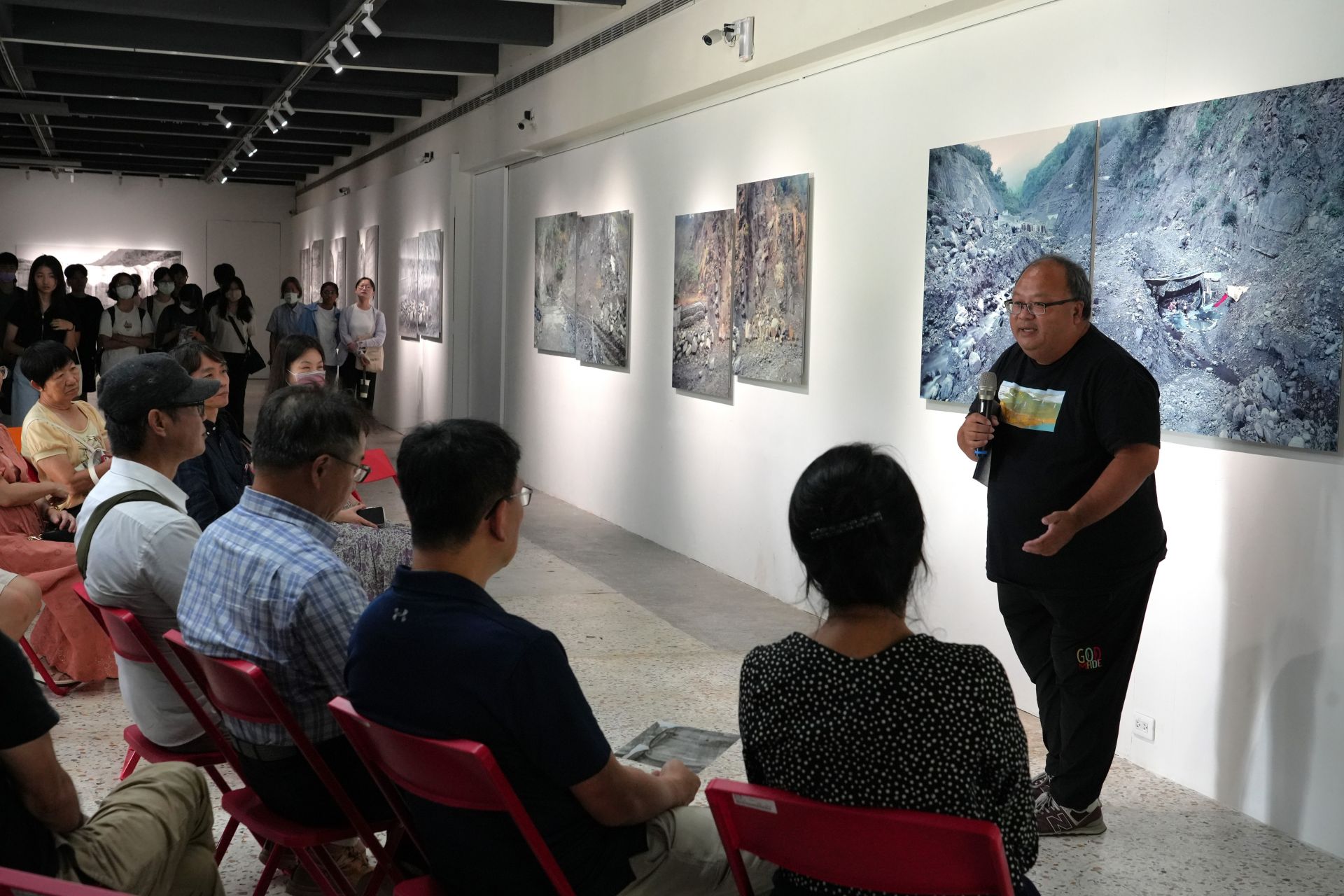
Po-I Chen mentioned that his background in hydraulic engineering enabled him to adopt a perspective centered around water, allowing him to document and think about everything from the viewpoint of water.
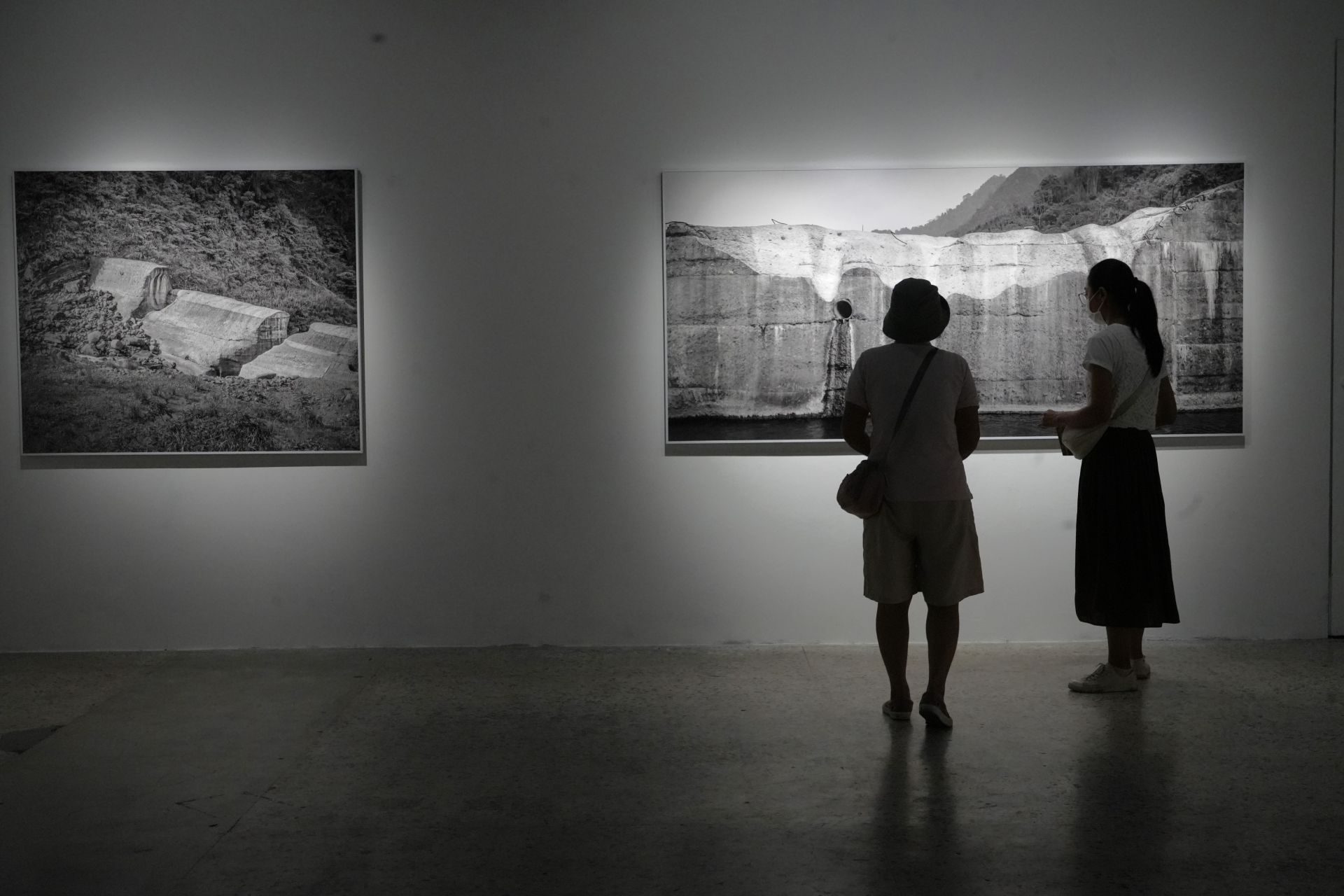
After Typhoon Morakot, Po-I Chen initially entered the disaster area for landslide inspections. Unexpectedly, he combined art with hydraulic engineering, creating a series of works.
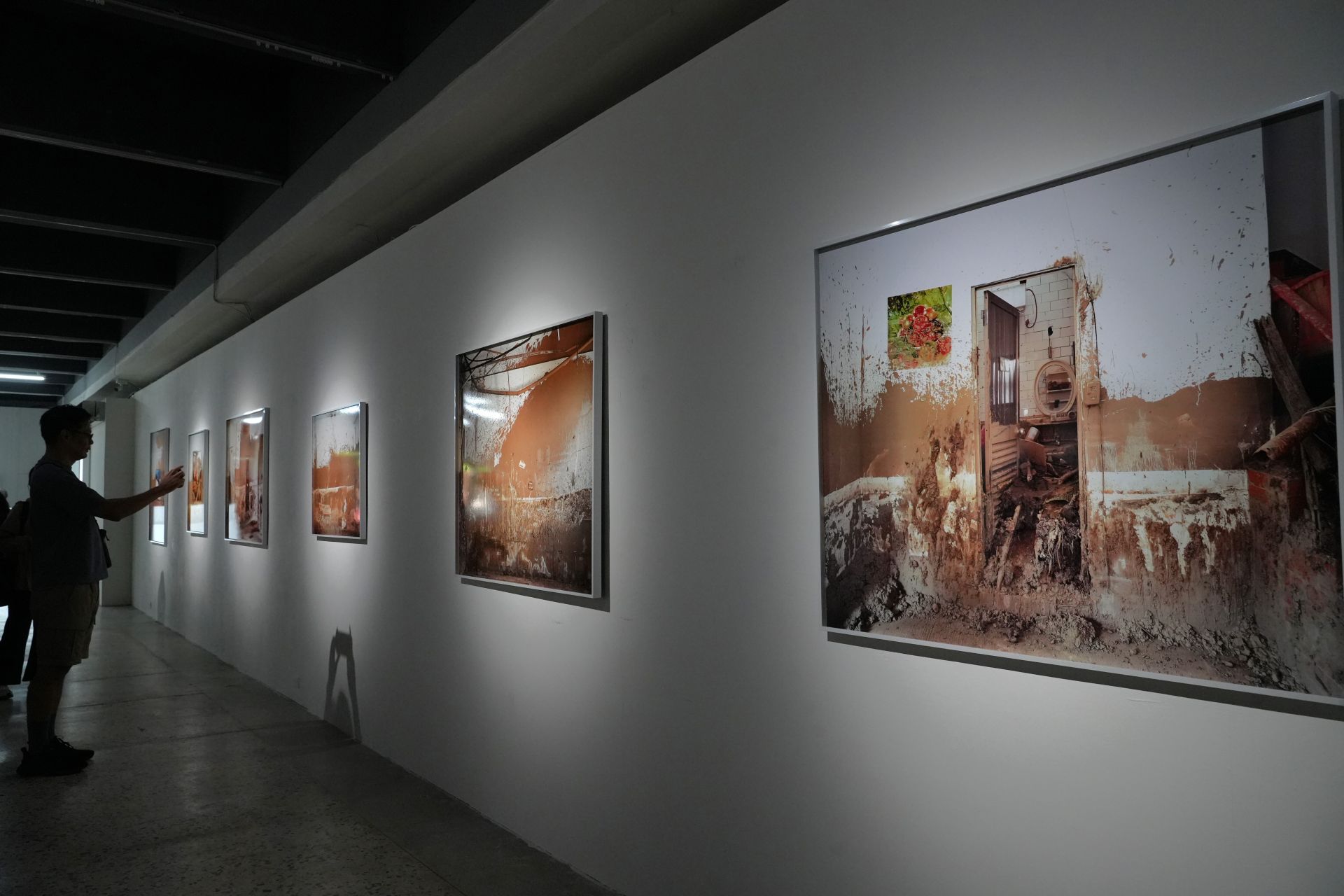
Po-I Chen combines art and hydraulic engineering, creating a series of interdisciplinary works.

